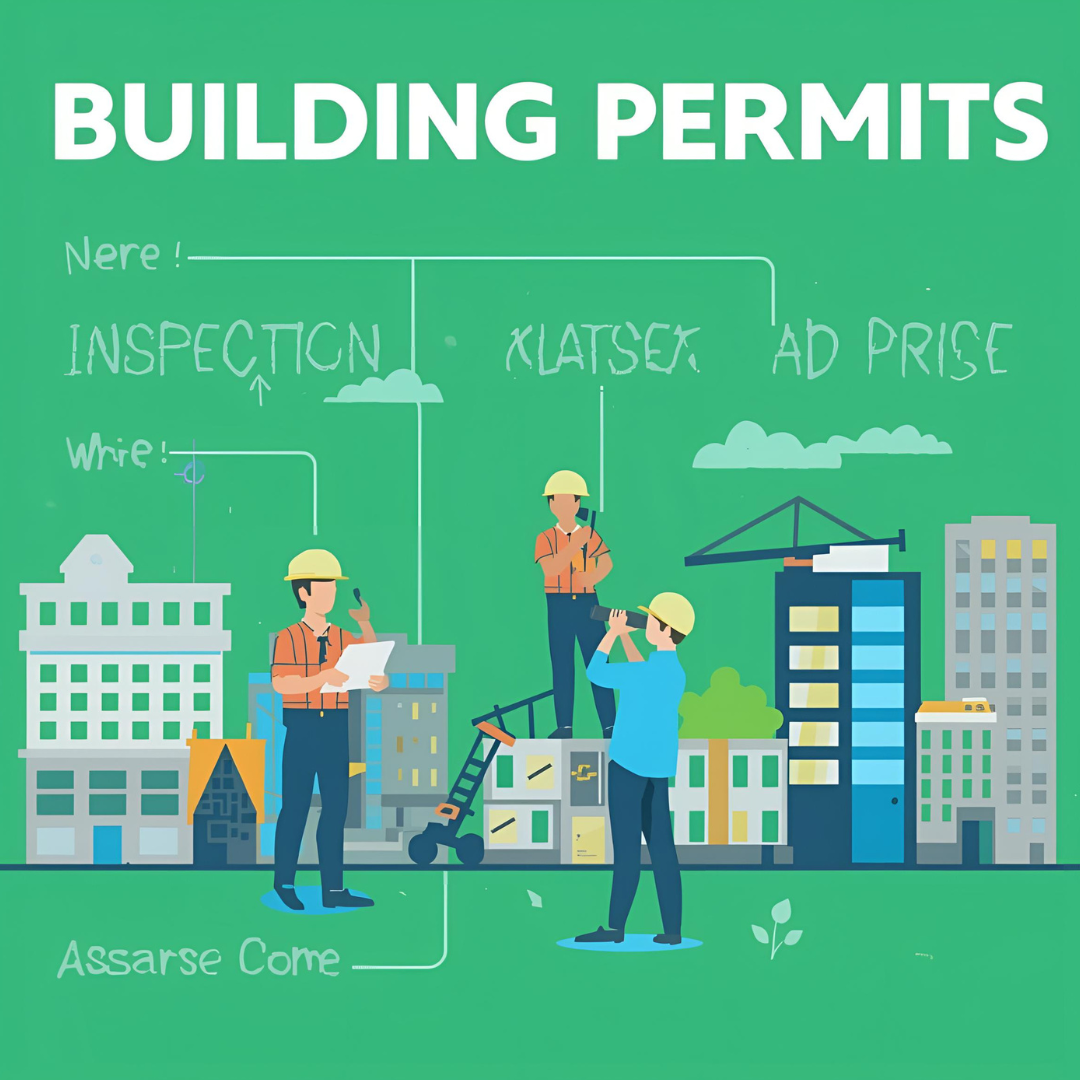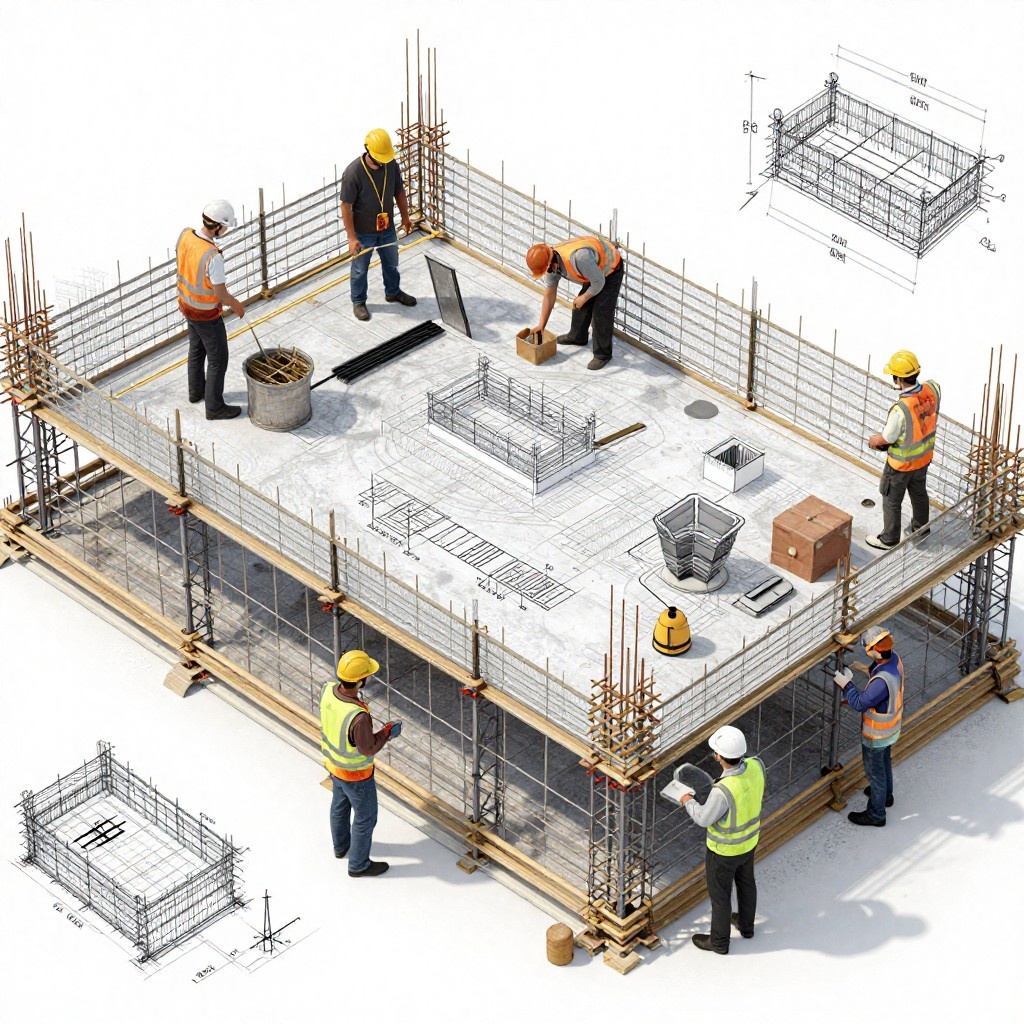Introduction
Revit and ArchiCAD are two of the leading BIM (Building Information Modeling) software platforms used by architects, engineers, and construction professionals worldwide. Each offers powerful tools for 3D modeling, project collaboration, and design documentation. Choosing between Revit and ArchiCAD depends on your workflow needs, project scale, and team preferences.

What is Revit?
Revit is a Building Information Modeling (BIM) software developed by Autodesk. It's widely used by architects, structural engineers, MEP professionals, and construction teams to design and manage buildings in 3D. With Revit, you can create everything from the overall structure to the tiniest detail, while also storing important data about each part of your design.
Revit lets you build a complete virtual model of a building — including walls, doors, windows, pipes, HVAC systems, and more. But it’s not just about visuals. Each element in Revit also contains valuable information like dimensions, materials, and performance specs. This helps with everything from design to construction and even facility management.
Revit is especially popular on large or complex projects that need detailed coordination across disciplines. While ArchiCAD leans more toward a design-friendly experience, Revit focuses more on structured data, automation, and collaboration — making it a powerful choice for BIM professionals around the world.
What are the Advantages of Revit:
1. Powerful collaboration tools (cloud-based worksharing)
2. Centralized data-rich models (true BIM functionality)
3. Excellent for multi-discipline integration (architecture, MEP, structure)
4. Automated documentation (plans, sections, schedules auto-update)
5. Excellent for large projects and coordination

What are the Disadvantages of Revit
1. Steep learning curve, particularly for beginners
2. Expensive (license/subscription fees)
3. Can be system resource-intensive
4. Less intuitive for conceptual design than some competitors
5. Limited compatibility with some non-Autodesk formats
Read a complete guide on - Revit Clash Detection
What is ArchiCAD?
ArchiCAD is a Building Information Modeling (BIM) software developed by Graphisoft, and it holds a special place in architecture history — it was actually the first-ever BIM software, launched in 1987! Fun fact: it was created by a Hungarian physicist who rebelled against the communist regime, using the power of software to revolutionize architectural design.
Built by architects, for architects, ArchiCAD is known for its intuitive interface and strong combination of 2D drafting and 3D modeling. It’s especially popular among design-focused professionals because it allows you to create, present, and document your designs all in one place — no need to constantly switch between programs.
ArchiCAD supports everything from early design sketches to construction documentation, meaning you can manage an entire project from concept to completion in one streamlined BIM environment.
Whether you're working on residential, commercial, or interior projects, ArchiCAD shines in its ability to simplify complex workflows without compromising design freedom — making it a long-time favorite for architects around the world.
What are the Advantages of ArchiCAD
1. Easy-to-use interface: More user-friendly and easy for architects to learn and adopt.
2. Perfect for small teams and solo: Suited for work that doesn't demand large-scale collaboration.
3. Smooth 2D/3D integration: Exceptional tools that provide smooth designing in both formats.
4. Performance: Faster and better performance on handling large models.
5. Customization: Extremely high in terms of designing elements and process.
6. Architect-centric: Made to address architect needs and thinking, with thoughtful design tools.

What are the Disadvantages of ArchiCAD
1. Restricted industry acceptance: Less used in multi-discipline projects than Revit.
2. Less comprehensive MEP/Structural tools: Does not have the same level of depth for MEP (Mechanical, Electrical, Plumbing) and structural engineering.
3. Collaboration: Not as strong for big, multi-team collaborations as Revit's worksharing.
4. Learning curve for advanced features: While the basics are user-friendly, mastering some advanced features can take time.

Key Differences Between Revit and ArchiCAD
Best BIM Software for Your AEC Projects - Revit or ArchiCAD
1. Type of Project
Revit: Ideal for large, multi-disciplinary projects with architecture, MEP, and structural engineering. If you're designing complicated buildings or need a lot of collaboration, Revit tends to be the best option.
ArchiCAD: Suitable for individual architects or small teams designing architectural plans with a focus on design and presentation. It's perfect for projects where the architecture takes center stage and doesn't need extensive MEP or structural integration.
2. Collaboration & Team Size
Revit: Great for team-oriented settings with big teams or companies working across multiple disciplines (architecture, structure, MEP). It's designed for worksharing and smooth collaboration, particularly in big projects.
ArchiCAD: Although ArchiCAD has collaboration features such as BIMcloud, it's better for smaller teams or small firms. It's good, but not strong enough for larger teams as in Revit.
3. Ease of Use
Revit: Steeper learning curve, particularly for new users. The system can be overwhelming for new users, but once learned, has more comprehensive, multi-discipline tools.
ArchiCAD: Easier to use and more intuitive, particularly for architects. It's built on the idea of ease of use and is therefore well-suited for firms that focus on fast learning and ease of creation.
4. BIM Capabilities
Revit: BIM software that supports industry standard, a complete set of tools for architecture, structure, and MEP. It offers a model that is centralized where all the disciplines can work in one file and thereby maintain coordination and reduce errors.
ArchiCAD: Great BIM functionality but more specifically for architecture. Though it does allow for structural and MEP design, it's less robust in those domains than Revit
5. Cost
Revit: Generally more costly because of its wider set of features and Autodesk's subscription pricing structure. It can be prohibitive for small practices.
ArchiCAD:Less expensive, with more flexible licensing that could be more appropriate for smaller practices or solo architects.
6. Flexibility & Customization:
Revit: Provides robust customization, but technical expertise might be needed to maximize its sophisticated features.
ArchiCAD: Famous for its flexibility and ease of personalization. It enables architects to spend more time on the creative aspects of design without sacrificing any BIM capability.
7. Industry Adoption & Popularity:
Revit: Adopted more in the international building industry and utilised across the board. Possesses the added benefit of being used by more people and has improved compatibility with other industry tools.
ArchiCAD: While extensively adopted, especially throughout Europe, it doesn't enjoy the same extent of worldwide use as Revit in multi-discipline settings.
Also read - BIM Software Comparison: Which one is the best choice for you!
Which One Should You Choose?
Choose Revit if
- You work on large, complex, multi-disciplinary projects (architecture, MEP, and structure).
- You need robust collaboration tools for large teams or firms.
- You need advanced BIM tools for project coordination.
Choose ArchiCAD if
- You’re an architect or work in a smaller team focusing on architectural design.
- You need a user-friendly, creative interface that’s quick to learn.
- You prefer a cost-effective solution with strong design features.
Who Should Use What?
Use Revit if you are
- A contractor, structural engineer, or MEP engineer requiring complete BIM tools and discipline integration.
- An architect working in a multi-disciplinary environment or on large commercial/infrastructure projects.
- Involved in construction planning, costing, or coordination.

Use ArchiCAD if you are
- An architect or interior designer concerned with design quality, speed, and presentation.
- Working in a small team or alone and don't need heavy MEP/structural integration.
- Interested in Open BIM and interoperability with various software environments.
Both Revit and ArchiCAD are powerful BIM platforms, but each shines in different areas
Revit is the choice for multi-disciplinary collaboration, large projects, and for teams that require heavy integration in architecture, structure, and MEP. If you work in a big firm or require heavy coordination tools, Revit is difficult to match.
ArchiCAD is heaven for architects and designers who prefer a streamlined, intuitive, and visually pleasing workflow. It's particularly perfect for small teams or solo practitioners who prefer to focus on design and creativity without an overwhelming learning curve.
The best way to know what works for you? Test them yourself.
Revit Free Trial (via Autodesk)
ArchiCAD Free Trial (via Graphisoft)
Experiment with both, play around with the tools, and determine which one becomes more intuitive to your process. Whether you're modeling skyscrapers or sketching dream homes, the proper BIM software should ignite your creative and technical vision.


Conclusion
Revit and ArchiCAD are top BIM software solutions widely used in architecture, engineering, and construction. Revit is ideal for large, multi-disciplinary projects requiring robust collaboration and detailed coordination. ArchiCAD offers a more intuitive interface, perfect for architects and smaller teams focused on creative design. Choosing between Revit and ArchiCAD depends on your project size, team structure, and design workflow needs.
At Techture, we understand that every project is unique, and so are your BIM needs. Whether you're navigating complex multi-disciplinary designs or focusing on architectural creativity, our comprehensive BIM and VDC solutions are designed to align with your specific requirements. With over 1,100 projects completed across 15+ countries, our team of 270+ professionals is committed to delivering precision, efficiency, and innovation at every stage of your project lifecycle.
Frequently Asked Questions (FAQs)
1. Can I use Revit and ArchiCAD be used together?
Yes, Revit and ArchiCAD can be used together with the aid of Open BIM standards, particularly via IFC (Industry Foundation Classes) file formats. Although they do not natively exchange files, models can be shared and coordinated via IFC, DWG, or BCF formats to allow collaboration across different platforms but with some degree of limitations in terms of fidelity and features.
2. Which software is ideal for small architecture firms?
For smaller architecture firms, ArchiCAD tends to be the more favorable option with its user interface, increased performance, and better emphasis on design and visualization. It's easier to use, cheaper, and suitable for firms where architectural creativity matters most and multi-discipline coordination least.
3. Is Revit or ArchiCAD better for architects?
It depends on the architect’s workflow. ArchiCAD is often preferred by designers for its visual and creative freedom, while Revit is ideal for architects working in multidisciplinary teams and larger BIM ecosystems.
4. Can I switch from ArchiCAD to Revit easily?
Switching from ArchiCAD to Revit is possible, but it may require retraining and workflow adjustments. File compatibility can also be an issue, but using IFC (Industry Foundation Classes) helps bridge the gap.
5. Does ArchiCAD have parametric modeling capabilities similar to Revit?
ArchiCAD does have parametric modeling, but it's less mature and not as integrated as in Revit. Revit's parametric engine is more capable, supporting complex relationships and constraints between elements of a building. ArchiCAD provides parametric design primarily via GDL (Geometric Description Language) and Grasshopper integration, which is strong but needs more setup and scripting skills.
6. Is Revit better for structural and MEP engineers than ArchiCAD?
Yes, Revit has dedicated tools for structural and MEP design. It supports complex engineering models, making it a better fit for multidisciplinary engineering workflows.




